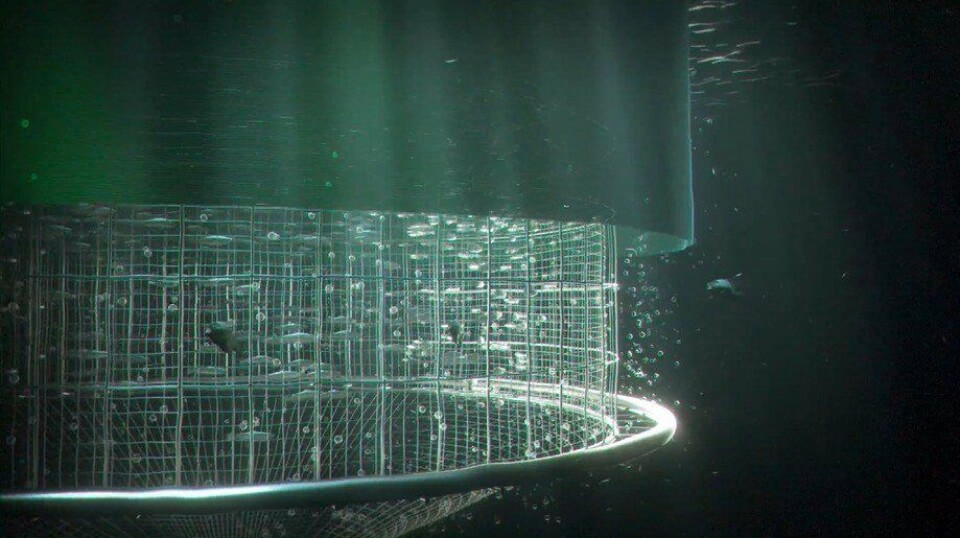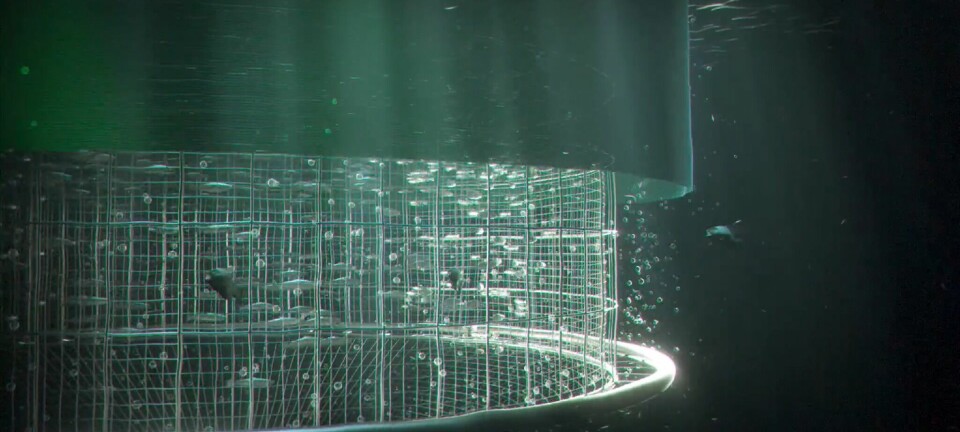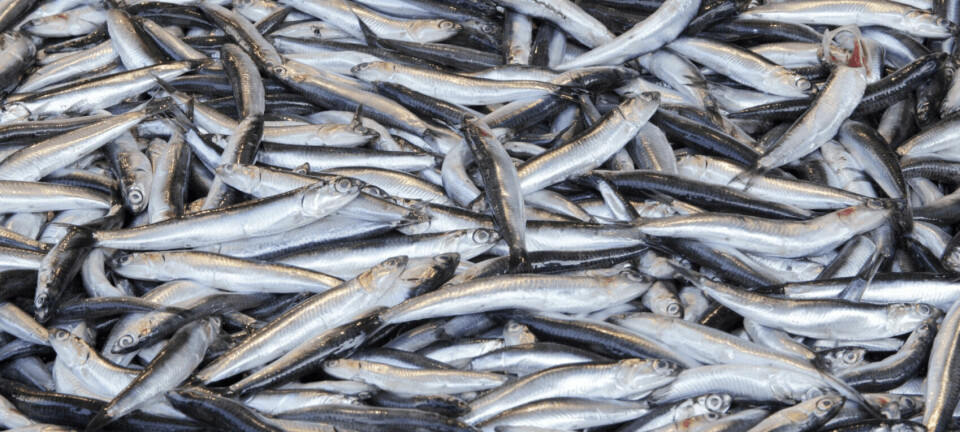
Grieg trials year-round pen barriers in BC
Canada and Norway salmon farmer Grieg Seafood is trialling all-year-round barrier systems for pens in British Columbia, helping to reduce interaction between farmed and wild fish and protect stock from algal blooms.
In February last year Grieg Seafood BC announced plans to install retractable 15-metre-deep drop-down barriers at the three sites it operates in Esperanza Inlet, off the west coast of Vancouver Island.
The barriers, used in conjunction with oxygenation technology, fully encapsulate the vertical part of the net and have been used to prevent lice transfer from the large numbers of wild Pacific salmon during their inward migration, as well as protecting migrating wild smolts from lice from salmon pens when they migrate to sea. Now, Grieg is seeking to extend their use.
A key initiative
In its report for the second quarter of 2023, Norwegian-owned Grieg said it aims to increase the volume harvested in BC from the 20,000 gutted weight tonnes expected this year to 30,000-35,000 gwt in 2026, and that key initiatives to achieve its objective include the implementation of barrier systems to provide better biological control and higher survival rates.
Grieg has reduced mortality related to algal blooms by introducing continuous, real-time monitoring using machine learning, and has installed aeration systems to enable feeding also during challenging situations, which increases the survival during such periods.
“In combination with HAB and oxygen monitoring tools, we are trialling barrier systems which will allow us to keep the barriers down year-round and to maintain oxygen levels,” the company wrote in its report.
Using permanent barriers to create a form of semi-closed containment also aligns with the Canadian government’s plan to “transition” away from open net pen salmon farming in BC to other forms of production.
Lower volume
Grieg, which chose not to harvest any fish in BC in Q1 so that it could build up biomass, produced 5,537 tonnes in Q2, 37% less than in Q2 2022. This was the result of an imbalance in the number of farms and maximum allowable biomass in its different production, rather than biological problems, although the company did have difficulties in the quarter.
Seawater performance was impacted by sea lice treatments and events of low dissolved oxygen. The 12-month rolling survival rate came to 90% at the end of Q2 2023, down from 92% in Q1. Abnormal mortality cost NOK 62.4m in Q2 2023 (NOK 11.3 per kg, or CAD 1.4 per kg), compared to NOK 6.5m in Q2 2022 (NOK 0.7/CAD 0.1 per kg).
Sales revenue for the quarter was NOK 488.7m, a decrease of 38% compared to Q2 2022, due to lower volumes. Realised price per kilo was NOK 88.3, slightly less than the NOK 89.6 made in the same period last year.
Operational EBIT was NOK -2.5 per kilo.
Newfoundland
Grieg reported good biological development in its land-based smolt facility and marine sites in Newfoundland and Labrador, where it has exclusive fish farming rights in Placentia Bay.
The company transferred one million smolt with an average weight of 160 grams to sea in Q2.
“At the end of Q2 2023, we had approximately 4,200 tonnes biomass at sea with an average weight of 1.5 kg. The average weight of the fish transferred to sea in 2022 was 2.1 kg,” wrote Grieg.
The company expects to begin its first harvest in NL towards the end of this year.
Norway
Grieg harvested 11,536 gwt (Q2 1022: 5,014 gwt) in its Rogaland region in central Norway, and 5,573 gwt (9,843 gwt) in Finnmark in the north.
Operational EBIT/kg for Rogaland was NOK 36.7 (48.9), and for Finnmark it was NOK 25.4 (NOK 53.0).
Operational EBIT for the company in Q2 was NOK 547m (NOK 986m), with operational EBIT/kg of NOK 24.2 (41.6).
Grieg expects to harvest 10,500 gwt in Q3 2023 as it once again prioritises biomass growth. It is guiding for a harvest volume of 78,000 gwt for 2023, which is 2,000 fewer tonnes than previously because of early harvesting caused by problems with infectious salmon anaemia (ISA) in Norway.





















































